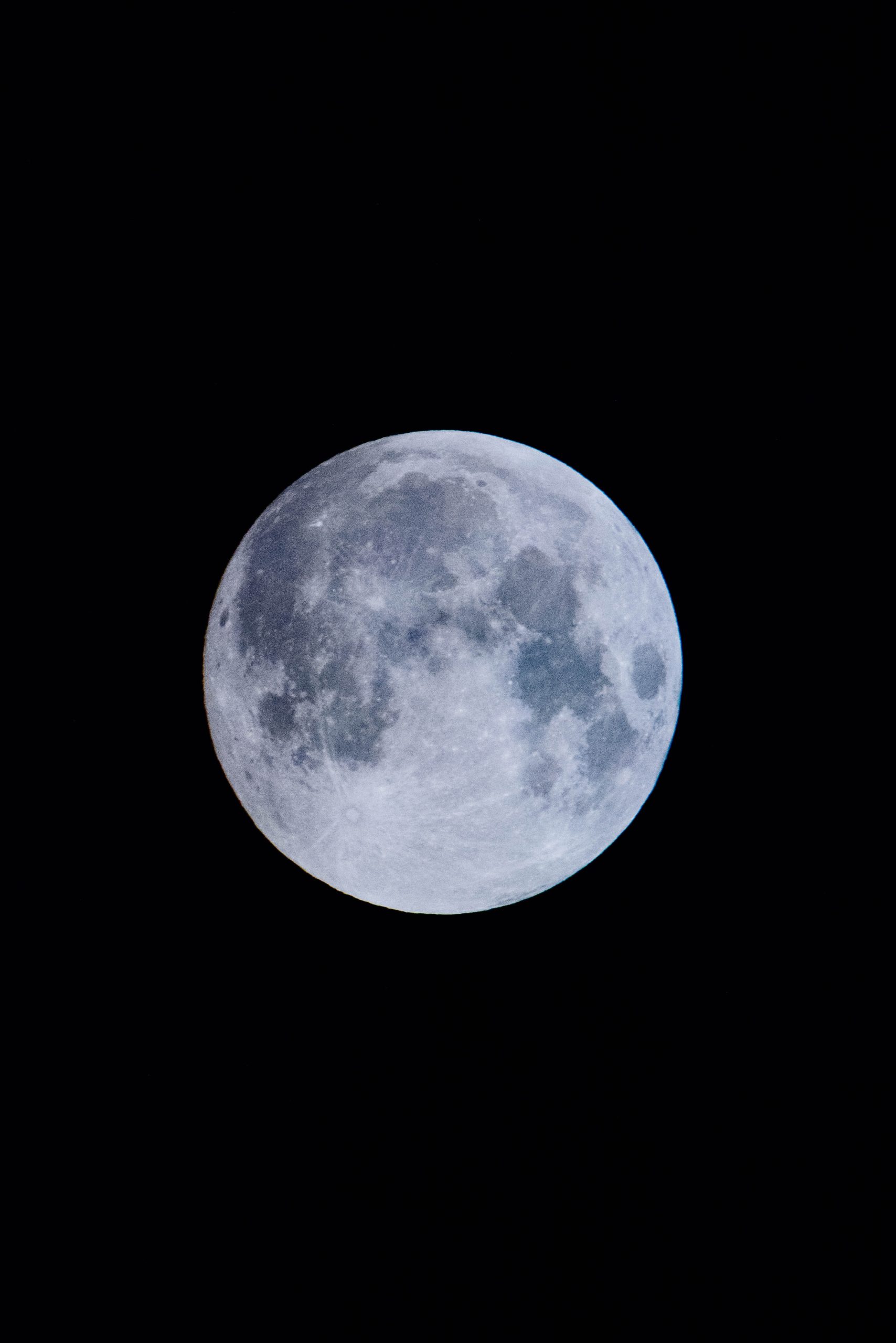What is the Correct Order of the Moon Phases?
The moon, our closest celestial neighbor, fascinates us with its mysterious glow and ever-changing appearance. One of the most captivating aspects of the moon is its various phases, which occur as a result of the moon’s position in relation to the sun and Earth. If you’ve ever wondered about the correct order of the moon phases, you’ve come to the right place. In this blog post, we will explore the eight distinct phases of the moon, their sequence, and the factors influencing their occurrence.
The Eight Phases of the Moon
Before diving into the correct order of the moon phases, let’s explore each phase individually:
- New Moon: During this phase, the moon is positioned between the Earth and the Sun, making it invisible to us. The sunlit side is facing away from us, leaving only the dark side visible.
- Waxing Crescent: As the moon begins to move away from the sun, a small crescent shape becomes visible. This phase is often referred to as the “young moon.”
- First Quarter: At this point, exactly half of the moon is visible. The right half is illuminated while the left half remains in darkness.
- Waxing Gibbous: More than half of the moon is now visible, but it is not fully illuminated yet. This phase is known as the “growing moon.”
- Full Moon: The moon is now positioned opposite the sun, revealing its fully illuminated side. This phase occurs when the Earth is between the sun and the moon.
- Waning Gibbous: As the moon begins to move away from the full moon phase, its illumination gradually decreases. More than half of the moon is still visible during this phase.
- Last Quarter: Exactly half of the moon is visible during this phase, but the left half is now illuminated, while the right half is in darkness.
- Waning Crescent: The illuminated portion of the moon continues to shrink, resulting in a small crescent shape. This phase is often referred to as the “old moon.”
Now that we’re familiar with each phase, let’s discuss their correct order:
The Correct Order of the Moon Phases
The sequence of the moon phases follows a predictable pattern as the moon orbits the Earth. To understand the correct order, it’s crucial to grasp the lunar cycle, which occurs roughly every 29.5 days. This cycle starts with the new moon and ends with the next new moon.
| Phase | Days Since Previous Phase | Approximate Duration |
|---|---|---|
| New Moon | N/A | 1-2 days |
| Waxing Crescent | 1-2 days | 5-7 days |
| First Quarter | 7-8 days | 5-7 days |
| Waxing Gibbous | 14-15 days | 5-7 days |
| Full Moon | 21-22 days | 1-2 days |
| Waning Gibbous | 23-24 days | 5-7 days |
| Last Quarter | 29-30 days | 5-7 days |
| Waning Crescent | 36-37 days | 1-2 days |
The correct order of the moon phases follows a cycle starting from the new moon, then moving through waxing crescent, first quarter, waxing gibbous, full moon, waning gibbous, last quarter, and finally waning crescent.
The Influence of Sunlight on Moon Phases
The moon phases are a product of the varying amounts of sunlight reflected by the moon’s surface as it orbits the Earth. The moon appears to change shape because of the interaction between the sun, Earth, and the moon itself.
The moon’s position in relation to the sun determines the amount of sunlight it reflects. When the moon is between the sun and the Earth, the sunlit portion faces away from us, resulting in the new moon phase. As the moon moves in its orbit, it gradually reveals more of its illuminated side until it reaches the full moon phase when the entire sunlit portion is visible.
Following the full moon, the moon starts to move away from the sun, causing the illuminated portion to shrink, resulting in phases such as the waning gibbous, last quarter, and waning crescent. This process repeats as the moon completes its cycle.
Conclusion
Understanding the correct order of the moon phases is not only fascinating but also helps us appreciate the intricate dance between the sun, Earth, and moon. Each phase has its own beauty and significance, and observing the moon’s transformation can be a captivating experience. Whether you’re gazing at the waxing crescent or marveling at the full moon, take a moment to appreciate the celestial spectacle happening right above us.
Next time you look up at the night sky, remember the moon’s predictable cycle and the journey it takes to complete its phases. It’s a remarkable reminder of the wonders of our universe.
Table of Contents
